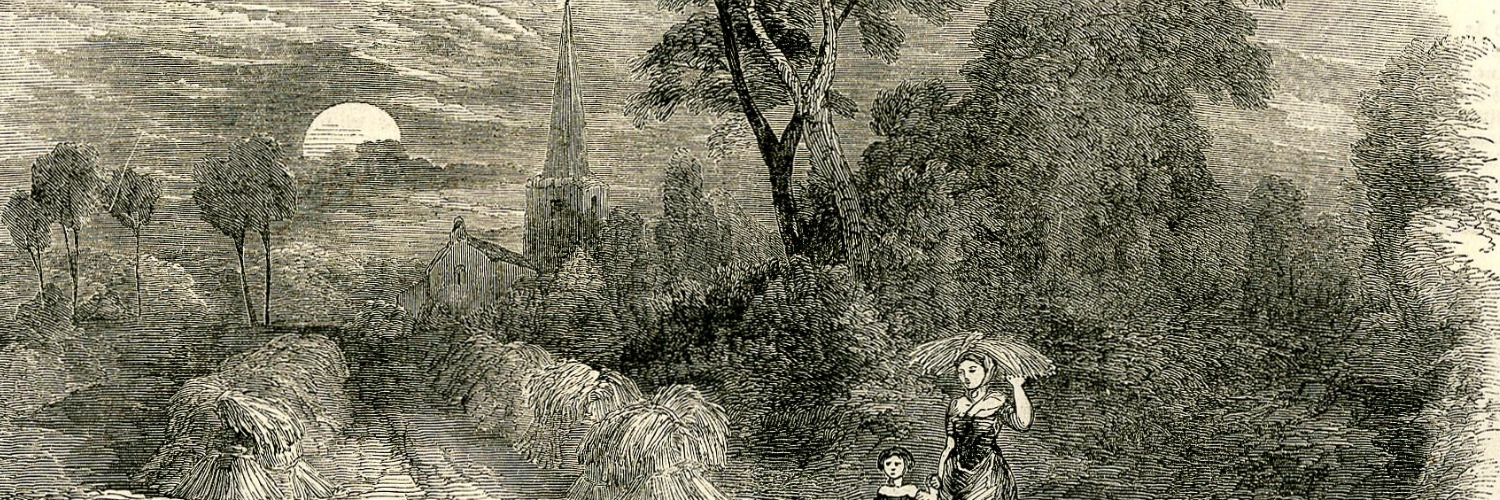BIRDS AND INSECTS POST OFFICE(1824)
Introduction
Bloomfield’s second children’s book, written jointly with his son Charles who was training to be schoolmaster in London and Kent, was in progress by autumn 1822. On 28 October (Letter 364), Bloomfield advised his son ‘do not fail to send me whatever you may have written, I mean all that you have written about the “Birds and Insects” that I may shew Mr Harvey a specimen of the work at Christmas if possible . . . I do what I can at it’. Harvey was the bookseller who specialised in children’s literature and who had published The History of Little Davy’s New Hat. Bloomfield, however, was sick and depressed, and in a sad letter begun on 23 December 1822 but not finished until 1 February 1823 (Letter 366) confesses he has not yet sent the manuscript to Harvey. On 2 May 1823 he told Charles that ‘I have written more letters for our “post Office”and think it will do well considered as a minor concern in our persuits’ (Letter 369), but it remained unpublished at his death in August: no deal with Darton and Harvey was done. The work appeared in 1824 in The Remains of Robert Bloomfield, edited by Bloomfield’s friend Joseph Weston and published for the benefit of Bloomfield’s family by Baldwin, Cradock and Joy.
The Birds’ and Insects’ Post Office is a delightful text book for children, teaching natural history and moral conduct by using the charming conceit of having birds and insects write letters to each other: exactly the kind of gentle humour at which Bloomfield excels. As Bridget Keegan has shown, it follows in a tradition dating back to Aesop but more recently revived by the children’s writers whom he credited in the Preface to Little Davy—Anna Laetitia Barbauld and Sarah Trimmer among them: ‘Bloomfield’s prefatory remarks are comparable to those of many Romantic-period children’s writers, such as Sarah Trimmer, who writes in the introduction to her The History of Robins (first published as Fabulous Histories in 1786) that it should be taken “not as containing the real conversation of birds, (for that is impossible we should ever understand) but as a series of fables intended to convey moral instructions applicable to themselves”’.
Bloomfield’s text, it should be noted, is full of detailed observation of fauna in its habitat: it is for that reason less ostensible in its moral didacticism than Trimmer’s work.

